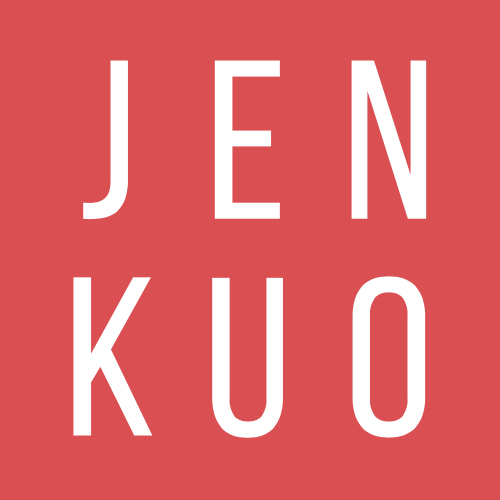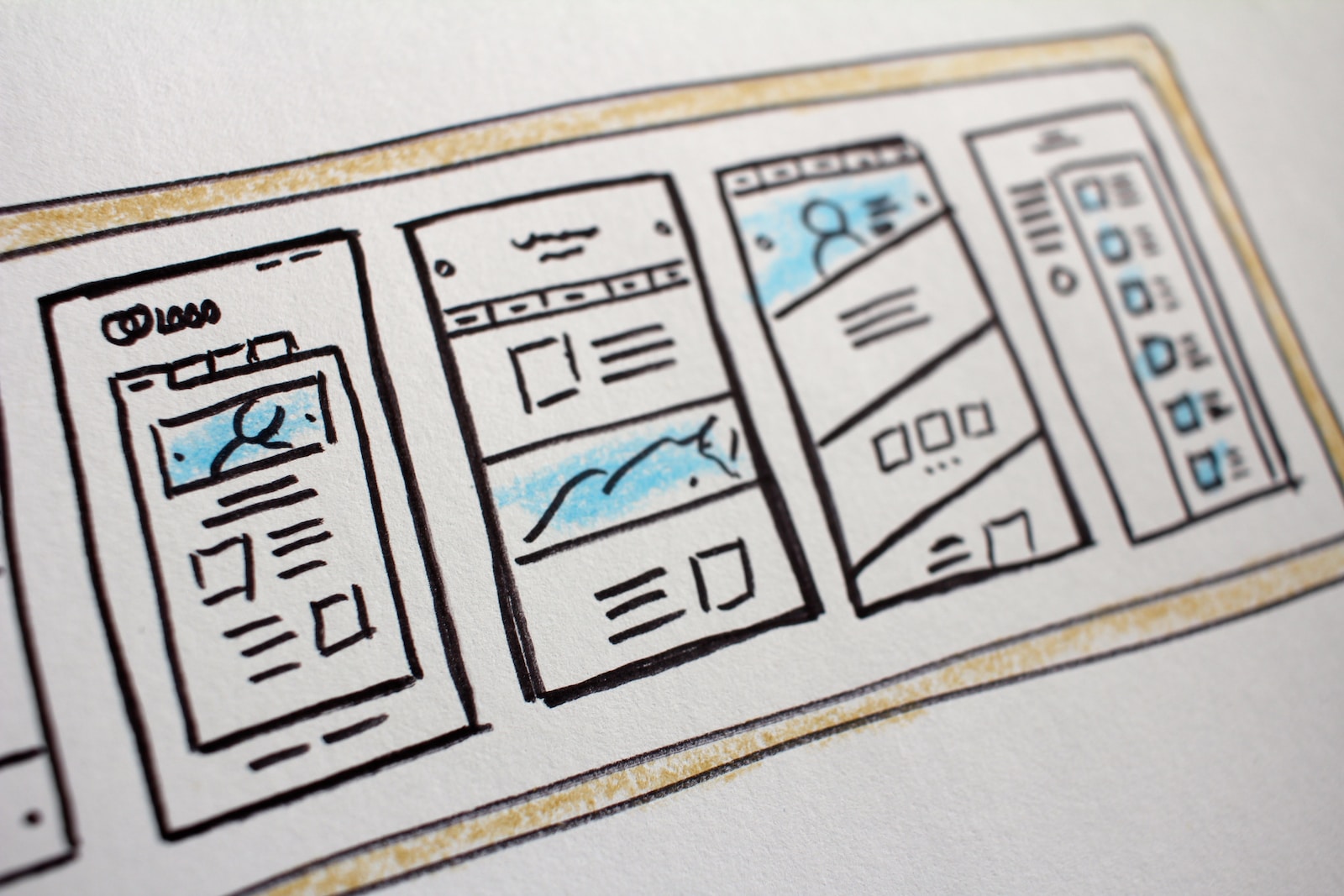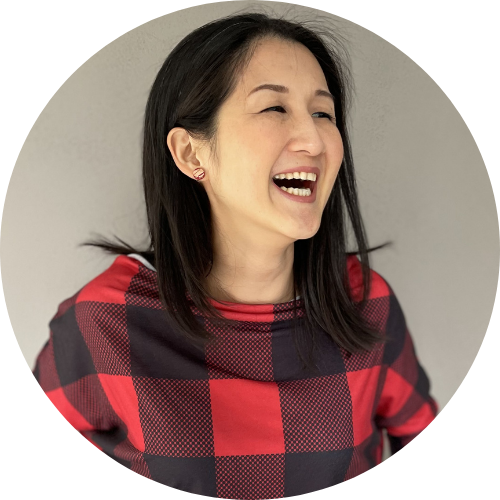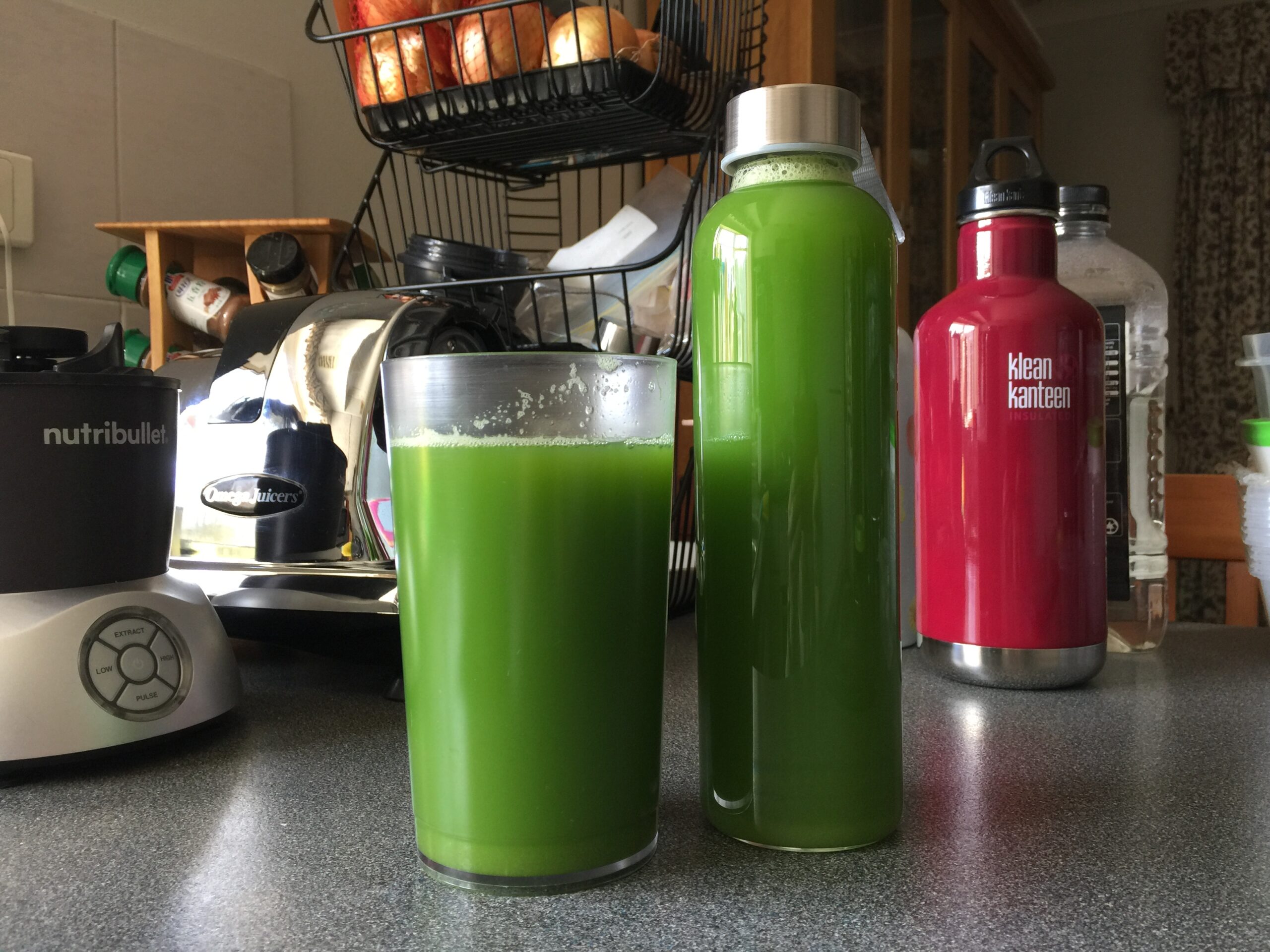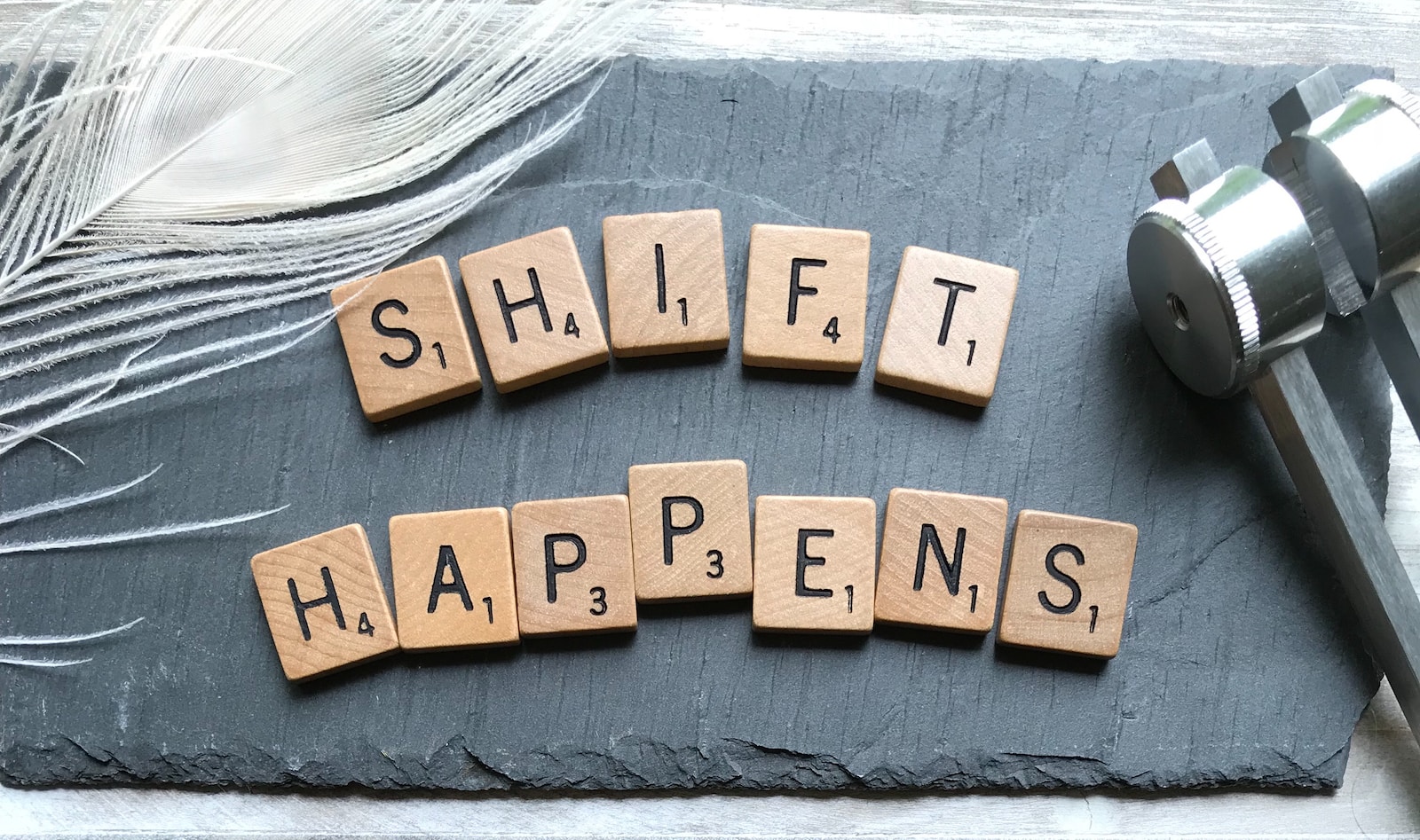The Purpose of This Case Study
To give you a behind the scenes look at how I executed JenKuo.com V1.0 website project to completion in 3 weeks — including the challenges I faced along the way.
This is an in-depth look at my project execution and website creation process from scratch — tech & backend infrastructure setup, design and writing content.
Note: I’ve been in digital marketing since 2010, and learned how to build websites and marketing by myself.
If you’ve never built a website before or is new to marketing, web design and/or writing, please be patient and kind to yourself. I started where you are.
PREFACE
I’ve been interested in personal productivity and personal performance for a long time, and enrolled in Building a Second Brain (BASB) — Cohort 10, a 5 Week course by Tiago Forte.
Before the course, I already knew I wanted to:
- Start writing articles
- Build a personal brand website
- Start an email newsletter
We were asked to decide on a capstone project to apply the concepts we’re learning to a real project we wanted to work on.
I chose to build my new website, because I had just experienced a breakthrough and overcame my fear of writing.
My new website was going to be the home to house my work online.
Accountability Partner
Before the start of BASB, I met Larry at the student on-boarding call. We connected on Facebook and talked about what we wanted to achieve in 5 weeks. He wanted to organise new info for new content on his website to help him with his career transition.
Since we both had “website goals”, he suggested we work toward our goals together, and we became accountability partners. I was delighted.
Larry’s goal was to publish 4 pages. My goal was to publish 5 pages.
We decided to publish whatever we create at the end of 2 weeks, and agreed it was a good constraint to aim for.
Finding an accountability partner (and a new friend) at the beginning of the course felt serendipitous. I welcome social pressure to ensure I ship my work to help me avoid my perfectionism tendencies.
The 2 week constraint informed how I made decisions as I worked through different phases of the project.
The first thing I did was create a simple Project Plan that outlined the brief, the desired outcomes and tasks involved. This allowed me to stay organised and quickly see where I am in the process.
I’ve shared my Website Project Plan at the end of this article for reference.
Desired Outcomes
- Create and design a beautiful, simple and modern website with 5 main pages published — Home page, About page, Start Here page, Blog page, and Contact page.
- Weed out the majority (wrong people) and attract the best people to my newsletter. My website is the start of my audience filtering and relationship building process.
The Process
3-5 April: Researching, Note-Taking, Thinking and Planning Phase (3 days)
Webpage Builder Research
Criteria 1: Easy To Learn and Simple To Use
I’m tech savvy, but I’m not a coder. When I first learned to build websites on WordPress, I learned how to use plugins, sort out conflicting issues and some basic html to get the website functioning the way I want it to.
Technology has improved a ton in the last decade, and I saw visual webpage builders rise in popularity. They seemed easy to use, and I was initially drawn to them.
Because I haven’t been keeping up with website builder trends and new tools that flooded the market, I needed to research and update myself.
Criteria 2: Flexible Enough To Design The Way I Want
While I’m not a graphic designer, I have the sense and taste for good design. This makes me very picky because I intuitively know what looks good, what works and what doesn’t.
I also know how I want design to function with my marketing — and I wanted the freedom and flexibility to control layouts, elements and styles the way I want.
This immediately rules out platforms like Wix and Square Space because they are too restrictive. They are platforms built for newbies and people who’s not interested in tweaking things for themselves.
Criteria 3: Solid CMS (Content Management System)
My initial desire was to step away from WordPress, but in the end WordPress is a solid CMS.
I looked into Webflow as an option. While it had the design flexibility and a built-in CMS I wanted, it was overkill for what I need.
Webflow is made for graphic/web designers — it’s their candy store. Their rich feature set is reflected in their steeper pricing compared to other visual webpage builders.
Big feature sets also mean big learning curve. Looking at the Webflow interface caused my eyes to glaze over. It’s a similar experience when I look at the Adobe Photoshop interface.
Even though they have a freemium model, I didn’t want to spend days getting cozy with all its features.
FINAL DECISION
Because I’m already familiar with WordPress, I settled on WordPress and Brizy theme which was the best set up for my needs. I can always change my tools later if my needs change.
December 2020 UPDATE
After using the Brizy theme for 7 months, I found it painful to publish articles in the new default Gutenberg Editor.
I also discovered that visual webpage builders destroys website speed performance. So I switched to Focus Theme in December and redesigned website V2.0.
March 2023 UPDATE
Again, I was finding myself bumping up against friction when publishing content. After using the Focus Theme, I realised it required some coding knowledge to get my website looking the way I wanted which frustrated me.
I switched to Generate Press and Generate Blocks to redesign website V3.0.
Styles and Elements Research
Because I had the desire to build a personal brand website for a while, I’ve already been paying attention to web design elements and styles such as fonts, colours, layouts and types of pages from websites I’ve seen.
I captured ideas in my PKM (Personal Knowledge Management) System and took notes for inspiration.
One of the concepts taught in BASB is “Just in Time Project Management“, where you build a habit of collecting information relevant to the interests, goals or potential projects you have in mind. So when you’re ready to bring that project to life, you already have a bunch of relevant notes to work with at your finger tips.
Understanding this principle validated why I was able to execute my website project with speed because I’ve already developed the habit of capturing relevant notes. I also had enough organisation in my digital workspace that allowed me to retrieve my notes and files quickly and easily to help me work efficiently.
Because I was not starting from a blank canvas, I just had to continue to add extra notes to ensure I have enough ideas to look at and model when the time comes to creating my own design.
I discovered Plectica, a diagramming and mapping tool and used it to map out all the pages I wanted on my site with relevant notes attached to them.
It allowed me to easily see what I’m creating.
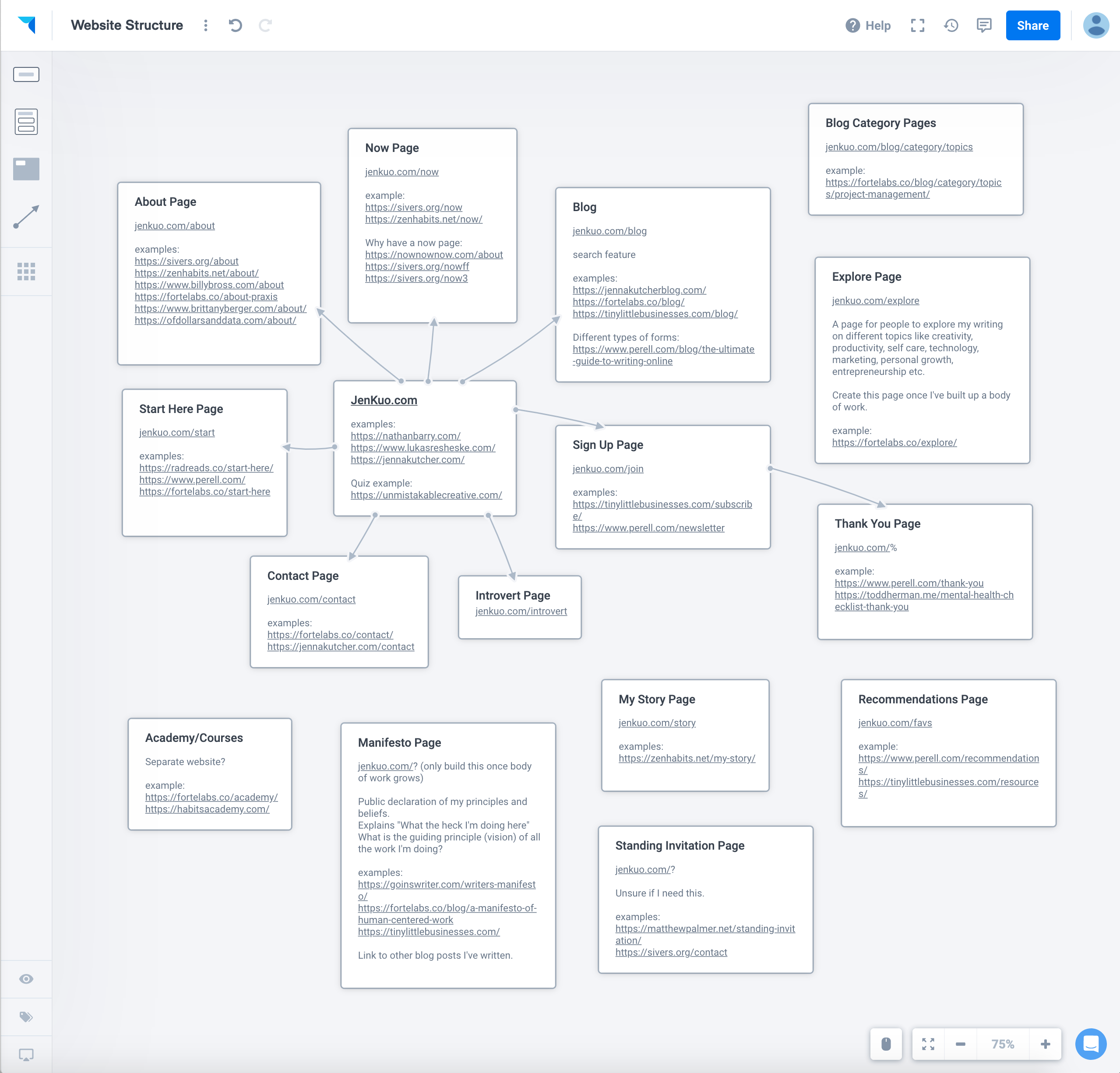
Thinking and Planning
Questions I asked myself as I planned out my project:
- Do I need this page right now? Or is this a ‘nice to have’?
This question is key because my natural instinct is to want to do it all. I have an all-or-nothing personality complex, so I needed to create constraints for myself in order to get crystal clear about what is enough to launch the website and complete the project.
- Why do I want to build this page?
I needed to justify my reasons for a certain page to exist.
This helped me prioritise and decide what to create first. It also helped me think about how I wanted to write the content.
Questions that helped me dig deeper:
- Is this a page I want cus it’s ‘cool to have’? Or is this necessary to help the reader have a good experience?
- If I landed on this website, what would I want to see?
- What would I want to find out about this person to help me determine whether they’re worth my time and attention?
- Will this page help people understand who I am and why I do what I do?
6-18 April: Building, Designing and Writing Phase (13 days)
Building and Designing
I installed WordPress, Brizy webpage builder and WordPress plugins.
I started writing the Home page, learned how to use Brizy by watching their Youtube channel, and created my logo with Canva.
Important Note about Logos
I originally didn’t plan on creating a logo. I knew I didn’t need one and was more than happy to just use text for my name.
Logos are completely unnecessary to start a new website — it’s more of a ‘nice to have’ that can be added later.
Logos are not that important in the grand scheme of things.
If you’re a new kid on the block like me without an online presence… no one cares about your logo because you haven’t established a reputation for yourself. Your ‘brand’ is your reputation, not your logo.
Too many creators, entrepreneurs and business owners fall into the “design trap”, mistaking design with marketing and branding due to their lack of knowledge.
Many people think they need a logo to start a website when they actually don’t. And I’ve made this mistake many times. All it did was slow down my progress, and my websites used to take MONTHS to complete because I focused on the wrong things at the wrong time.
The only reason I ended up creating a logo this time was because I happened to stumble across a design that resonated with me. What I saw help me see what I wanted my future brand to be. It gave me the inspiration to create my logo on the spot.
With that spark of creativity in the moment, I completed my logo creation in an hour.
“Create a logo” was not on my original project plan. I only added it in later as a task checked off so I could track what I’ve actually accomplished.
While I was in design mode, I pulled up my design notes which included a short list of fonts and colours I’ve used in the past. It was super handy to have something to refer to and modify on the fly, which helped me decide on the style and feel of my personal brand.
Once all design decisions were made, I applied and created a ‘page template’ in Brizy so the design can remain consistent on all pages of my site.
As soon as the design work is done, I switched gears to focus on writing.
Writing
I referred to the project tasks each morning to see what I still needed to do.
I’d either start writing a new page or continue writing what I didn’t finish the day before. The page is only considered finished when I feel like I’ve achieved my goal for that particular page. Every page had different goals and purposes.
I repeated this process everyday and stay focused in order to keep the project moving and deliver the 5 pages I promised to publish.
No research was required since this is a personal brand website. I already have all the content sitting inside me. I just needed to pull the words out and write from my heart.
I wanted my website to be a true reflection of me, so when people land on it, they can sense who I am and what I’m about — I wanted to match the experience as close as I can to the experience if they met me in person.
During the writing phase, I allowed the words to flow out of me, and referred to my notes for additional inspiration whenever I felt stuck. My writing process at this point was mostly intuitive.
For years, I’ve imagined what my personal brand could be if I had my own personal website, which meant ideas have already been brewing in the back of my mind. I didn’t need to overthink what I wanted to write.
The writing phase was mainly a matter of discipline, consistency and execution. My only job was to make sure I sit my ass down and write until all the pages are checked off my list.
I started the process of adopting the identity and behaviour of a writer from working on this project. If I was going to call myself a writer, I’d better act like one.
17 April: Accountability Publishing Deadline
The day ended up being a complete write-off due to a power outage. Because I’d been working 13 days straight, it was a welcomed break.
One day later, I showed Larry my good enough website.
The 5 pages I finished were not the same 5 pages I aimed for at the start. Knowing I only had 12 days to do both writing and editing, getting it done was more important. I knew I needed to do my best to stay in flow and ride the momentum I built, I decided to knock out the easiest pages first to avoid procrastination — rather than forcing myself to write what I wasn’t ready for yet.
Because writing is a form of self expression, the result is never as good when you try to force it. And I was also not willing to compromise on quality.
I was quite pleased with the 5 pages I produced for my “minimum viable website”, however my project was not finished yet. There were 4 more pages I wanted to write to deem the project complete, and for me to feel good about my work.
So I gave myself another week, and created a new ‘publish-to-the-world’ deadline.
19-25 April: Newsletter Integration and Additional Writing Phase (7 days)
It was time to decide on an ESP (email service provider) in order to build my audience and publish newsletters.
I’ve used Aweber and Active Campaign in the past, and wanted a tool that gave me a better experience.
I already know about ConvertKit, and watched them grow into a solid contender.
Ease of use and a well-designed writing workflow were important to me, so I researched ConvertKit to ensure it had everything I needed and wanted. I wasn’t expecting to love what I saw.
To my delight, they’ve included a Freemium Model to help more creators earn a living due to the Covid pandemic. It was a no brainer to sign up.
The setup, integration and email writing process were easy and intuitive unlike the painful workflow I experienced in Active Campaign.
Once I integrated ConvertKit with my website and tested my setup, I continued writing to finish the remaining pages.
The About page was always the hardest one to write. It took me 3 days to complete.
My internet went down on 23rd April for an entire week, but I was lucky enough to tether off my phone to keep working.
All 9 pages were published on 25th April.
However, before I could do a happy dance, it dawned on me that I forgot about setting up website analytics.
26-29 April: Analytics, Tracking Setup and Refining Phase (4 days)
It took me 4 days to learn how to set up tracking with Google Analytics & GTM (Google Tag Manager). MeasureSchool channel helped and had easy to understand tutorials.
In between learning analytics, I also felt the need to refine my work as self doubt and perfectionism crept in the closer I got to telling people about my project.
Imposter Syndrome is every creator’s nightmare… it stops us from shipping our work.
I realised I was using “learning analytics” as an excuse to not tell people about my new website because of fear… not knowing what people will think.
During a BASB Women’s Group call, my group mentor Alina asked me about my progress with my capstone project. I told her I finished it, but haven’t told anyone yet because I was busy learning analytics.
She encouraged me to post in the community forum, and it was the kick in the ass I needed.
The Result
1 May: Project Completion & Case Study
Right before I created a post to announce my completed capstone project in the community forum… a thought entered my mind that stopped me in my tracks.
My announcement didn’t seem very useful and felt self-serving. It didn’t sit right with me because I felt the focus was on me.
I never liked being the centre of attention, and I naturally wanted to take the focus away from me, so I asked myself…
“What would help other students the most? To help them accomplish their capstone projects and speed up their progress?”
I felt that was a much better question for me to answer. So I decided to write a case study of how I completed my capstone project to share it with the community.
I thought it would be more valuable for people to see how I tackle and complete a website project since my knowledge and experience was in digital marketing. And how I navigated the problems and challenges I faced along the way. They would be able to see the decisions I made behind the scenes in order to complete the project in the timeframe I set for myself.
On 1st May, I shared my new website privately with 14 BASB friends who knew about my project. Then went straight back to work, and spent the next 2 days writing up the original version of this case study to post in the community forum.
As promised, the Website Project Plan I created in Roam is below. I was new to Roam and hadn’t spent much time exploring the features, so I ran with the bare basics and knew just enough to create the project plan to help me stay organised.
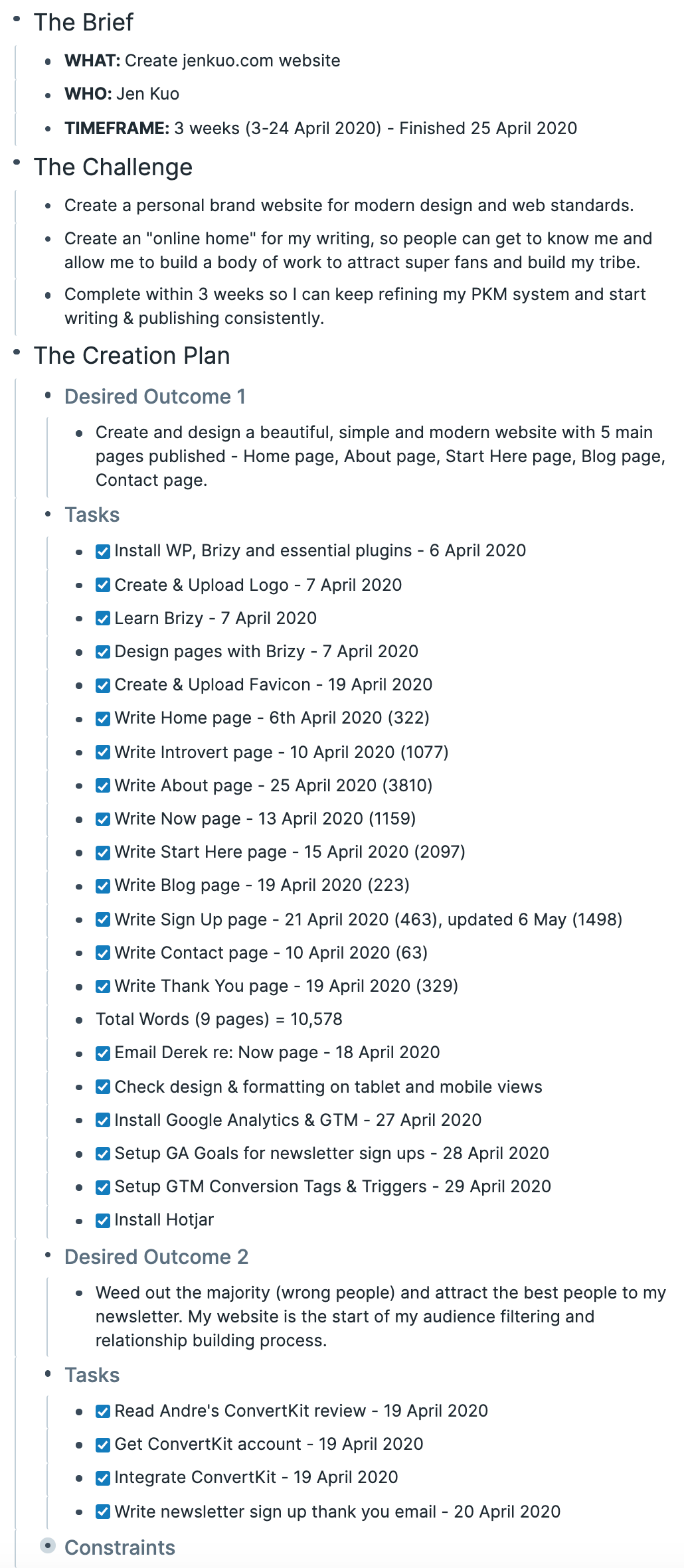
Focus = Speed of Progress
Apart from my existing marketing knowledge, the single biggest factor that contributed to my ability to finish my project from scratch in under a month was the skill of focus I honed over time to do one thing at a time.
I tackled my project in phases, and batched all related tasks together because I learned about the cost of context switching, and discovered how unproductive multi-tasking really is.
Because our brains can only focus on one thing at a time, every time you switch your focus from one thing to another, you end up losing 20% of your time to complete that task, since it takes time for your brain to recalibrate and “catch up” to where you were before you moved your focus to something else.
Multi-tasking and doing too many things at once robs you from your day. This means, the more projects and tasks you try to tackle in a day, the more time you lose. It negatively compounds!
If you know you’ve worked your ass off but at the end of the month you say to yourself, “Geez… I worked really hard this month, but doesn’t seem like I have anything to show for it…” — This is why.
Focus is powerful.
What I Learned
Here are my personal reflections, and my answers to the questions we were asked at the end of the cohort…
What results did you accomplish?
A beautiful, simple, modern personal brand website that gives people a different experience while also helps them see what I’m about. I am pleased that I’ve designed it to do what I wanted it to do.
What breakthroughs have you created for yourself?
When I enrolled in BASB, I was excited about learning new skills, restructuring and refining my PKM system, improving my workflow and boosting my productivity.
When I heard Tiago say “The point of having a PKM system is to help you effectively execute on your projects and bring them to life.” on the very first call… I immediately shifted my focus and intention from learning to creating.
What new abilities have you developed?
Websites used to take me ages to complete. I have built numerous websites in the past for my businesses, but I’ve never done it this fast from scratch. This is a personal best to date.
I was surprised that I was able to pull this off in 3 weeks, and was amazed to see the difference in my speed of execution compared to before. Feeling aligned with myself was the catalyst.
What new possibilities are you taking away from this experience?
Seeing myself bringing my creation to life in 3 weeks has made me wonder “What else can I achieve? And what other ‘seemingly impossible’ things can I do?”
They’re exciting questions for me to explore… And I’m looking forward to see what else I can create in the future.
How did you fulfil on your intention?
I am so glad I did not fulfil my original intention of improving my workflow and refining my PKM system!
If I didn’t switch my focus and intention from learning to creating in Week 1, you wouldn’t be reading this case study right now.
My Answer to Questions I Received About This Case Study
How did you go about documenting this case study? Did you document your process as you were going along or did you write it all up at the end from scratch?
I wrote it all at the end. The case study idea literally popped into my head as I was about to make a post in the community forum.
It didn’t feel hard to recall my process because I did everything in phases. I wasn’t jumping around trying to do different things out of sequence.
The project was my entire focus for 3-4 weeks on top of learning the course material and participating in live sessions. I made sure I wasn’t distracted.
Because the project was completed in a short time frame, the decisions I made were still fresh in my mind.
